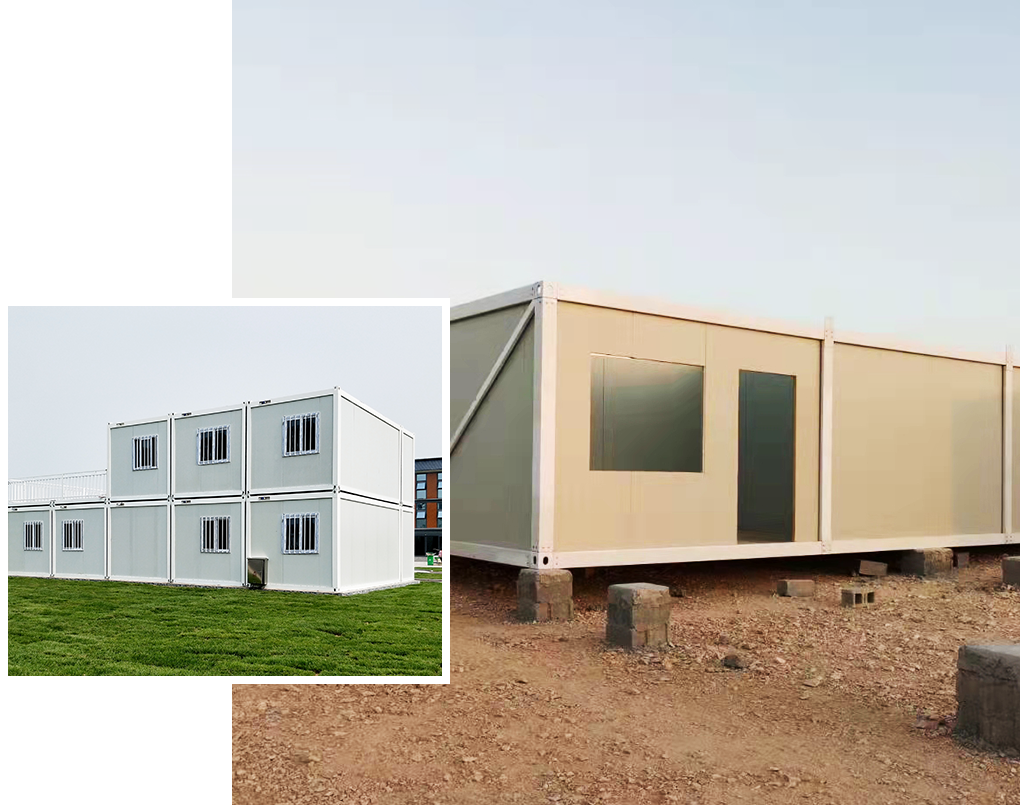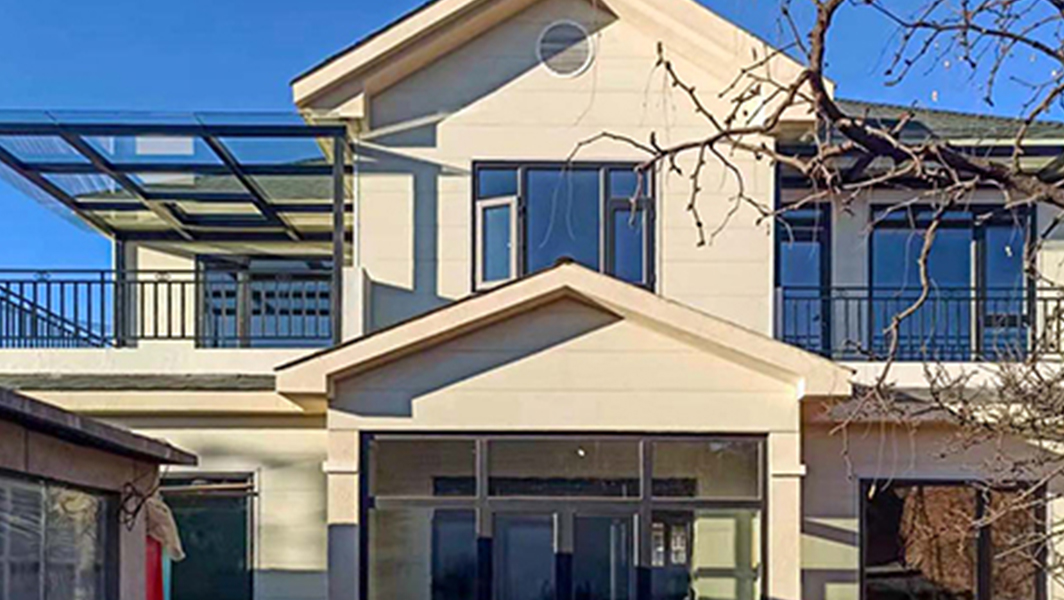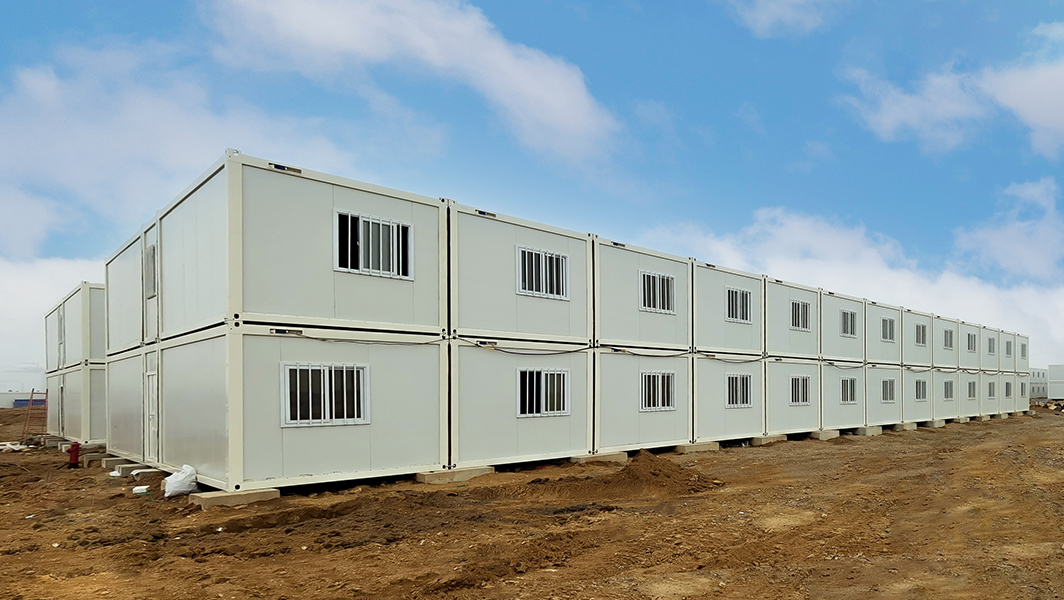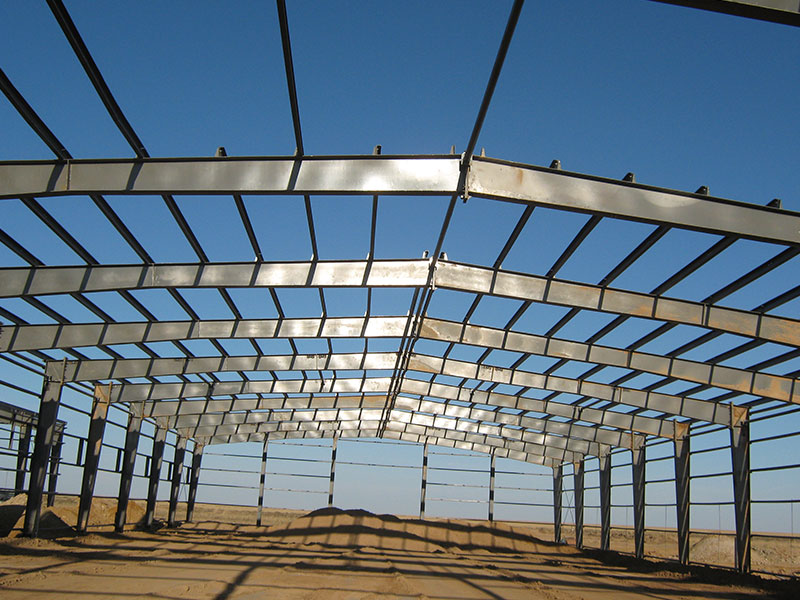A Guide to Choosing Greenhouse Steel Structure
When choosing a greenhouse steel structure, several factors are involved, which directly relate to the greenhouse's effectiveness, economic efficiency, construction difficulty, and maintenance cost. The following are key factors to consider when selecting a greenhouse steel structure:
Purpose and Functional Requirements of the Greenhouse
Agricultural Planting: Different crops have different environmental requirements, such as temperature, humidity, light, etc. When choosing a greenhouse steel structure, it is necessary to consider the growth needs of the crops, such as whether temperature control or humidity retention functions are needed.
Research Use: Research greenhouses usually require more precise environmental control, such as constant temperature, constant humidity, and light intensity adjustment. When choosing a greenhouse steel structure, special attention should be paid to the load-bearing capacity and ancillary facilities of the steel structure system.
Plant Cultivation: If used for large-scale plant breeding and propagation, the greenhouse steel structure needs to have stronger durability and wind resistance to ensure a stable environment.
Climate Conditions
The geographical location and climate conditions of the greenhouse directly affect the design and material selection of the steel structure. The following factors require special attention:
Wind Resistance: For areas with high wind or frequent extreme weather, it is necessary to ensure that the greenhouse steel structure is sturdy enough with strong wind resistance.
Snow Load Capacity: In areas with heavy snowfall, the greenhouse steel structure needs to be designed strong enough to withstand the pressure of accumulated snow.
Corrosion Resistance: In high humidity environments, the greenhouse steel structure should have good anti-corrosion performance. Galvanized steel or steel with anti-corrosion coatings are common choices.
Design and Span of the Greenhouse
Span Design: The span of the greenhouse determines the size of the internal space and the functional layout. A larger span can provide better planting space and reduce the number and placement limitations of columns. When choosing, consider the planting density and cultivation method inside the greenhouse.
Modular Design: The design of the greenhouse steel structure should have a certain degree of flexibility and expandability. Modular design allows the greenhouse to be expanded or adjusted as needs change.
Material Selection
Steel: High-quality steel can ensure that the greenhouse structure is solid and durable. Common steels include hot-dip galvanized steel, carbon steel, stainless steel, etc. Choose the appropriate steel based on the usage environment.
Lighting Materials: The transparent lighting materials for the greenhouse roof and side walls need to consider the light transmission rate and thermal insulation performance. Common materials include glass, PC boards, sunlight panels, etc.
Ventilation and Temperature Control System
Air circulation and temperature control systems inside the greenhouse are crucial for crop growth. The ventilation system design of the greenhouse steel structure should ensure air circulation, avoiding excessive temperature or humidity inside the greenhouse. Common designs include:
Natural Ventilation: Using window designs on the roof or side walls to utilize natural wind for ventilation.
Mechanical Ventilation: Using fans and other equipment for forced ventilation to ensure air circulation inside the greenhouse.
Temperature Control System: Choosing a steel structure greenhouse equipped with automatic temperature and humidity adjustment to ensure a stable environment.
 English
English  français
français  Deutsch
Deutsch  tiếng việt
tiếng việt  русский
русский  Español
Español  العربية
العربية  Latinae
Latinae  Indonesia
Indonesia 



